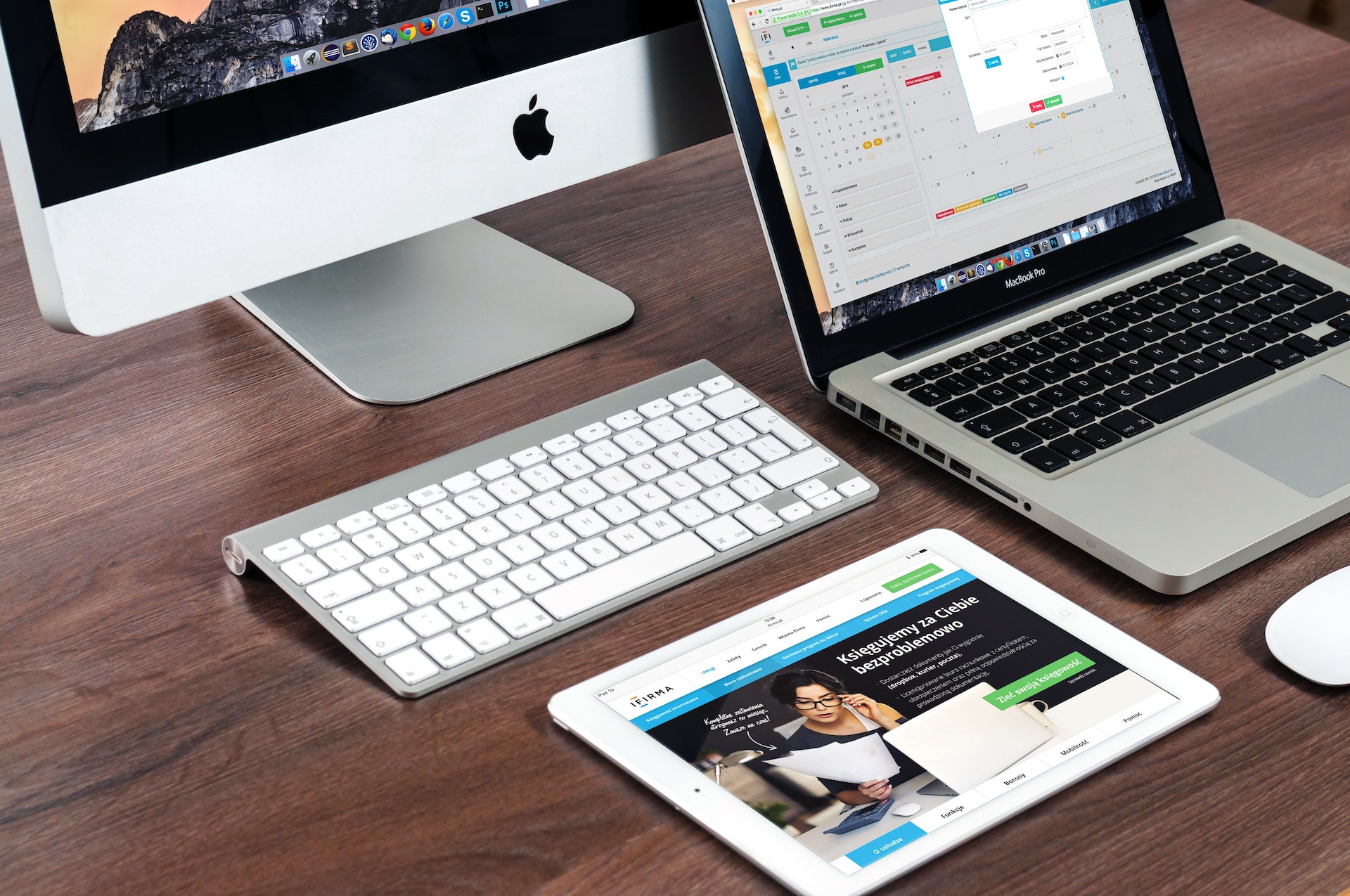This article assumes that not only are you going to start your new business website, but that you are starting your first business at the same time. If that is the case, then this article also offers a little kick kick on your bum bum because starting a successful business and starting a success website go hand in hand.
1 – Keep Things As Simple As Possible
This is the most ignored advice while also being the best advice. Look over the history of the Internet and it is “Always” the simple websites that make the biggest long-term impact. Look at how Amazon looks today when compared with how those old DVD selling websites used to look in the mid-‘00s. There are too many benefits to list for keeping things as simple as possible, but the main point is this, if you start simple, then you have plenty to build on as your website grows and evolves.
2 – Start Small and Stay Small For as Long As Possible
Grows and evolves? If a website is supposed to grow and evolve, why should it start small and stay small? This all ties into being simple (uncomplicated). When Jeff Bezos started Amazon, their only intention was to sell books. Their pages then were the same type of page repeated over and over again. They all had a product image, same type of description, same type of reviews section and so forth. Jeff kept this very simple website setup, and simply expanded it slowly over the years. Start small and stay small, and when you are as successful as you can possibly be, then consider expanding your website while keeping it as uncomplicated as possible.
3 – Spend as Little Money as Possible
As Andres Tate would say, a business is about “Money In.” Until you are running smoothly and earning net profits every year, then “Money In” is the only thing you should be concerned with. The WordPress graveyard is full of expensively built websites that never made any money.
Even if you don’t agree with the idea, even if you think every business should get off to the strongest start, then ask yourself this: Where will the money serve you better? In building a top-of-the-line website, or as advertising to get people to buy what you are selling?
4 – Hire a Good Developer
Wait a minute, the other points on this article said to save money, to keep things small and keep things uncomplicated. Doesn’t hiring a developer contradict all of that? On the contrary, hiring a developer during early days after you have done most of the work is often the best thing to do. They can tighten up your website, eliminate some of the unnecessary stuff, and help you build the more difficult parts. The key to success is hiring a top quality service like WP Masters, but only having them work on the things you find most difficult. Don’t hand the entire project over to them because it will cost a fortune. Let them tighten up your work and do the difficult parts and you can both save money and start with a very strong website.
5 – Experiment Lots and Experiment Early
Early is the best time to experiment, and the sheer number of free and freemium WordPress themes means you can experiment with some crazy stuff. Your website isn’t big or important enough to suffer from the disruption of your experimenting, and you may discover some awesome things. For example, you may discover that the WordPress theme for magazine article websites is actually a great theme for time-limited sales homepage offers.
6 – Lower Your Reliance on Plugins
Ideally, you need to find a theme and/or build a website that uses as few themes as possible. Think of it like a car, and every plugin you add is another brick in the car boot. Plugins are there to fill the gaps and fix the problems that you cannot solve on your own. If your website is loaded with plugins for fonts, images, downloads, shopping carts, SEO, etc., then your baseline website is probably not good enough.
7 – Forget Tracking and Analytics
Speaking of plugins, forget about tracking and analytics. Your only concern is making money and spreading your brand message. Tracking and analytics offer you nothing at this stage. They are for mid-sized companies with a regular customer viewership. Plus, tracking and analytic plugins slow your website down and often cause annoyance to people who have strict restrictions on their web browsers.
8 – Only Worry About Poor/Bad SEO
You are going to be told that your website needs perfect SEO (Search Engine Optimization) in order to rank highly on the Google search engine results, but that is not true at all. In fact, many websites that flaunt the traditional rules of SEO are still popular. All you need to do is learn what “Not” to do with SEO and then eliminate that from your website. For example, not too much duplicate content, no hidden text (except for spam catchers), not too many adverts or pop-ups, and things of that nature. Don’t worry about good SEO until your website has already made an impact on the online community. Then you can worry about ranking your website up from position 20 to position 12.
9 – You Don’t Need to Go Dynamic
Dynamic websites are awesome, but as a small businesses and small website…you do not need them. They are the sports cars of modern websites, and the best (most effective) dynamic websites need a lot of skill to create and a lot of maintenance to remain effective. Give them a miss unless you are posting time sensitive content (like with a betting site or stocks price website).
10 – Test Your Website on Various Screen Sizes and Browsers
This is probably the most unfair piece of advice on this entire article because these days, and especially with the likes of Shopify, WordPress and Blogger, you cannot really go wrong. The modern themes, templates and baseline websites are all responsive. This means that they all work on all commercially available operating systems, they work on all popular web browsers and all commercially available devices (PCs, laptops, tablets, phones).
The reason you need to test your website on various screens is because of bugs (firstly) and because of unexpected problems (secondly). The problems may occur where your affiliate advertising doesn’t show up on certain screen sizes, or one of your images goes over the border when seen on a Smartphone. In short, you need to look at your website on a variety of different devices, web browsers and browsers to tie up any loose ends, to polish up your website and to make sure everybody has the best possible experience when they use your website.
















